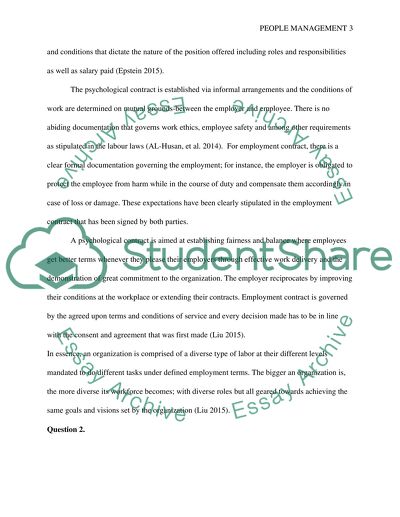Cite this document
(“People Management Essay Example | Topics and Well Written Essays - 2000 words”, n.d.)
People Management Essay Example | Topics and Well Written Essays - 2000 words. Retrieved from https://studentshare.org/human-resources/1700026-people-management
People Management Essay Example | Topics and Well Written Essays - 2000 words. Retrieved from https://studentshare.org/human-resources/1700026-people-management
(People Management Essay Example | Topics and Well Written Essays - 2000 Words)
People Management Essay Example | Topics and Well Written Essays - 2000 Words. https://studentshare.org/human-resources/1700026-people-management.
People Management Essay Example | Topics and Well Written Essays - 2000 Words. https://studentshare.org/human-resources/1700026-people-management.
“People Management Essay Example | Topics and Well Written Essays - 2000 Words”, n.d. https://studentshare.org/human-resources/1700026-people-management.


